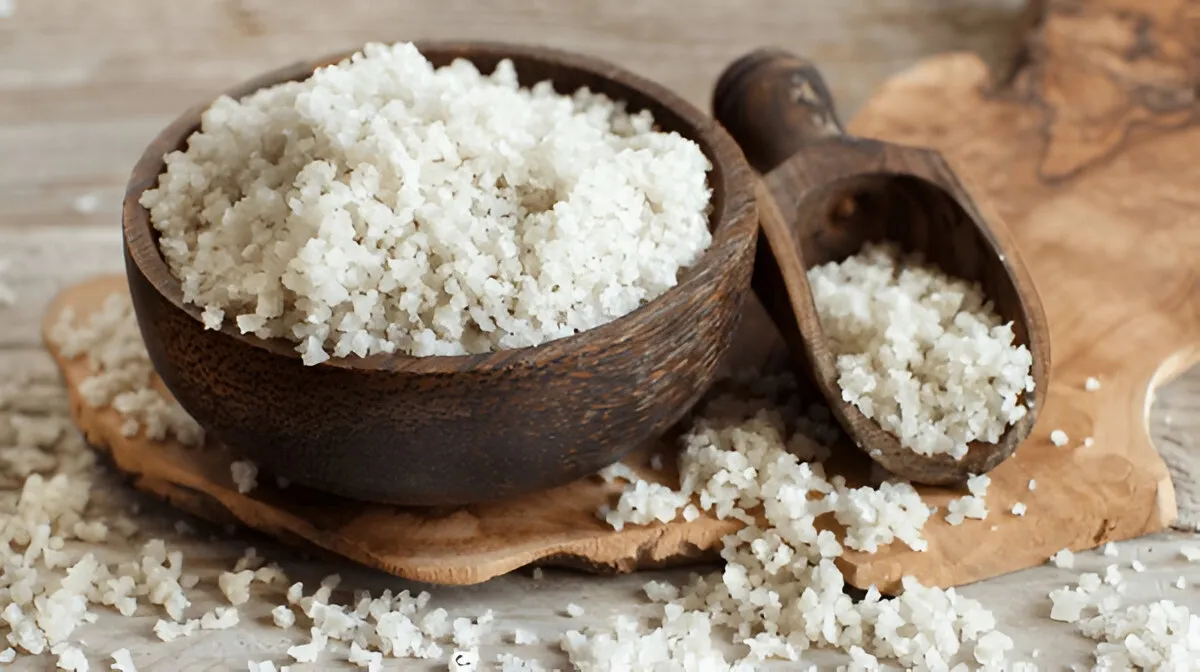Celtic salt recipe for weight loss is a trending topic among health enthusiasts. This blog post dives into a simple, science-backed recipe using Celtic sea salt to support weight loss goals, while exploring its benefits, safety, and practical use.
I’ve been experimenting with Celtic sea salt in my kitchen for years. Its mineral-packed nature makes it more than just a seasoning—it’s a tool for better health. Let’s break down what makes this recipe effective, how to use it, and why it’s gaining attention.
What Is Celtic Sea Salt?
Celtic sea salt is a natural, unrefined salt harvested from the coastal regions of France, particularly Brittany. Unlike table salt, which is heavily processed, Celtic sea salt retains its natural minerals, giving it a greyish hue and slightly moist texture.
This salt is hand-harvested using traditional methods, ensuring it stays free from additives. It contains trace minerals like magnesium, potassium, and calcium, which are often stripped from regular table salt. These minerals are key to its health benefits, especially for hydration and metabolism, which we’ll explore later.
The salt’s unique mineral profile sets it apart from other salts like Himalayan pink salt or kosher salt. Its coarse texture and subtle flavor make it versatile for cooking, but it’s also used in health-focused recipes, like the one we’re discussing today.
Why Use Celtic Sea Salt for Weight Loss?
Celtic sea salt for weight loss is popular because it supports hydration and electrolyte balance, which are critical for a healthy metabolism. Proper hydration helps your body burn fat more efficiently, as dehydration can slow metabolic processes.
When I started adding Celtic sea salt to my water, I noticed better energy levels during workouts. This is because the salt’s minerals, like magnesium and potassium, help regulate fluid balance, preventing water retention that can make you feel bloated.
Unlike processed table salt, Celtic sea salt doesn’t cause excessive sodium spikes that lead to puffiness. Its natural composition supports digestion and nutrient absorption, which can indirectly aid weight loss by improving how your body uses food for energy.
How Celtic Sea Salt Supports Metabolism
Metabolism is your body’s process of turning food into energy. Celtic sea salt provides trace minerals that support enzyme function, which is essential for breaking down carbohydrates, proteins, and fats.
Magnesium, for instance, plays a role in over 300 enzymatic reactions, including those that regulate blood sugar and energy production. Potassium helps maintain muscle function, which is vital for an active lifestyle that supports weight loss.
When your body is well-hydrated and mineral-balanced, it burns calories more effectively. This is why Celtic sea salt is often recommended in weight loss recipes—it keeps your system running smoothly.
Hydration and Weight Loss Connection
Hydration is often overlooked in weight loss plans. Drinking water with Celtic sea salt ensures your body stays hydrated at a cellular level, which is different from just drinking plain water.
Dehydration can trick your body into feeling hungry, leading to overeating. By adding a pinch of Celtic sea salt to your water, you replenish electrolytes lost through sweat, especially if you’re active or live in a hot climate. This keeps your appetite in check and supports consistent energy levels.
Celtic Sea Salt vs. Other Salts: A Comparison
Celtic sea salt vs Himalayan salt or table salt is a common debate. Each salt has a different mineral content and processing method, which impacts its health benefits. Below is a comparison to clarify their differences:
| Salt Type | Mineral Content | Processing | Best Use |
| Celtic Sea Salt | High in magnesium, potassium, calcium | Unrefined, hand-harvested | Hydration, cooking, weight loss recipes |
| Himalayan Pink Salt | Contains iron, magnesium, potassium | Minimally processed | Cooking, bath soaks, hydration |
| Table Salt | Mostly sodium chloride, often iodized | Heavily processed | Basic seasoning, baking |
| Kosher Salt | Sodium chloride, no added minerals | Processed, coarse grain | Cooking, brining |
Celtic sea salt stands out for its high mineral content and lack of additives. Himalayan salt is a close competitor, but its iron content gives it a pink color, while Celtic salt’s grey hue comes from its clay-rich harvesting environment. Table salt, stripped of minerals, offers little beyond sodium, which can lead to water retention if overused.
Kosher salt is great for cooking but lacks the trace minerals needed for health-focused recipes. For weight loss, Celtic sea salt’s ability to support hydration and metabolism makes it a top choice.
The Science Behind Celtic Salt and Weight Loss
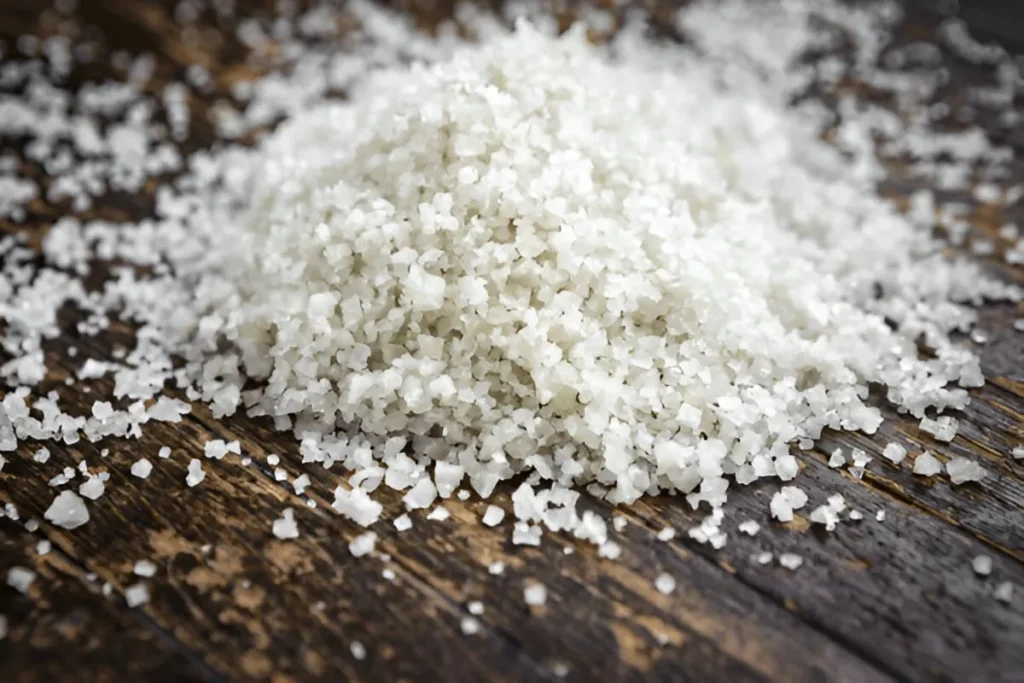
Celtic salt and weight loss work together through the salt’s impact on hydration, digestion, and hormonal balance. Research shows that proper hydration improves fat oxidation, the process where your body burns fat for energy.
A 2016 study in the Journal of Clinical Endocrinology & Metabolism found that dehydration can reduce fat burning by up to 2%.
The minerals in Celtic sea salt, like magnesium, also support insulin sensitivity. Better insulin function means your body stores less fat and uses glucose more efficiently. This is especially helpful for people with insulin resistance, a common barrier to weight loss.
Another factor is the salt’s effect on digestion. Celtic sea salt stimulates hydrochloric acid production in the stomach, aiding in protein breakdown. This improves nutrient absorption, reducing cravings caused by nutrient deficiencies.
Does Celtic Sea Salt Contain Iodine?
Does Celtic salt have iodine? No, Celtic sea salt is not a significant source of iodine. Unlike iodized table salt, which is fortified with iodine to prevent deficiencies, Celtic sea salt contains only trace amounts naturally present in seawater.
Iodine is crucial for thyroid function, which regulates metabolism. If you rely on Celtic sea salt, you’ll need to get iodine from foods like seaweed, fish, or dairy. For weight loss, this isn’t a major concern, as long as your diet is balanced.
Celtic Sea Salt and Blood Pressure
Is Celtic sea salt good for high blood pressure? Yes, in moderation, it can be a better choice than table salt. Its lower sodium content per gram and higher mineral profile help balance electrolytes, which can support healthy blood pressure.
A 2020 study in Hypertension noted that excessive sodium from processed salts can raise blood pressure, but natural salts like Celtic sea salt, with potassium and magnesium, may counteract this effect. Always consult a doctor if you have hypertension, as salt sensitivity varies.
Celtic Salt Recipe for Weight Loss: Lemon Salt Water
This Celtic salt recipe for weight loss is a simple, refreshing drink that supports hydration, digestion, and fat-burning. It combines Celtic sea salt with lemon for a nutrient-packed morning ritual. Here’s how to make it:
Ingredients
- 16 oz (500 ml) of filtered water
- 1/4 teaspoon of Celtic sea salt (fine ground)
- Juice of half a fresh lemon
- Optional: 1 teaspoon of raw honey for sweetness
Steps to Prepare
- Fill a glass with 16 oz of filtered water, preferably at room temperature. Warm water can enhance digestion, but avoid boiling water as it may alter the salt’s mineral structure.
- Add 1/4 teaspoon of Celtic sea salt to the water. Stir gently until the salt dissolves completely.
- Squeeze the juice of half a lemon into the water. Fresh lemons are best for maximum vitamin C and flavor.
- If desired, add 1 teaspoon of raw honey for a touch of sweetness. Stir well to combine.
- Drink first thing in the morning on an empty stomach. Sip slowly to allow your body to absorb the minerals.
This recipe takes less than 5 minutes to prepare. I make it every morning before breakfast, and it helps me feel energized and less bloated throughout the day.
Why This Recipe Works
The lemon in this recipe provides vitamin C, which supports detoxification and fat metabolism. A 2019 study in Nutrients found that vitamin C can reduce oxidative stress, which is linked to weight gain. The Celtic sea salt ensures proper hydration, while its minerals support adrenal function, reducing stress-related cravings.
Drinking this on an empty stomach kickstarts your digestion. It also balances your body’s pH, as lemon is alkalizing despite its acidic taste. This can reduce inflammation, which often hinders weight loss.
When to Drink It
Drink this lemon salt water first thing in the morning for best results. Your body is naturally dehydrated after sleep, so this replenishes electrolytes and prepares your digestive system for the day. You can also sip it before workouts to enhance endurance.
Avoid drinking it late at night, as the salt may stimulate your kidneys, leading to frequent urination. Stick to one serving per day to avoid overdoing sodium intake.
Benefits of Celtic Sea Salt in Drinking Water
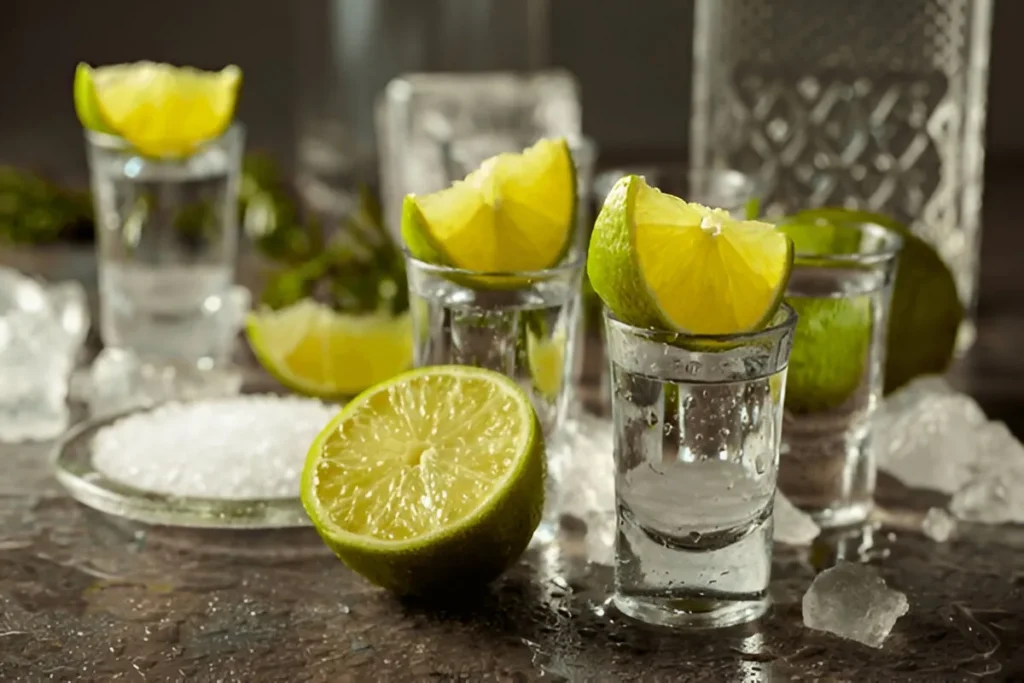
Adding Celtic sea salt to water offers several benefits beyond weight loss. Its mineral content supports overall health, making it a staple in my daily routine.
First, it improves hydration at a cellular level. Unlike plain water, which can pass through your system quickly, salted water helps cells retain moisture. This is especially helpful for active people or those in hot climates.
Second, it reduces bloating. The potassium in Celtic sea salt balances sodium levels, preventing water retention. I’ve noticed less puffiness in my face and hands since incorporating this into my diet.
Third, it supports adrenal health. Stress can disrupt weight loss by increasing cortisol, a hormone that promotes fat storage. The magnesium in Celtic sea salt helps regulate cortisol, keeping your hormones in check.
Risks and Side Effects of Celtic Sea Salt
Celtic sea salt side effects are rare when used in moderation. However, overconsuming any salt can lead to issues like increased thirst, mild swelling, or stomach discomfort.
People with kidney problems or severe hypertension should consult a doctor before adding Celtic sea salt to their diet. Excessive sodium, even from natural salts, can strain the kidneys or raise blood pressure in sensitive individuals.
Another concern is heavy metal contamination. Some worry, does Celtic sea salt have lead? Tests by reputable brands like Selina Naturally show no significant heavy metal content, but always buy from trusted sources to ensure purity.
How Much Celtic Sea Salt Per Day Is Safe?
How much Celtic sea salt per day is safe? For most people, 1/4 to 1/2 teaspoon daily is enough to reap benefits without overloading on sodium.
The American Heart Association recommends no more than 2,300 mg of sodium daily, and 1/4 teaspoon of Celtic sea salt contains about 400 mg.
Listen to your body. If you feel thirsty or notice swelling, reduce the amount. I stick to 1/4 teaspoon in my morning water and use it sparingly in cooking to stay within safe limits.
How to Incorporate Celtic Sea Salt into Your Diet
Beyond the lemon salt water recipe, Celtic sea salt can be used in various ways to support weight loss. Here are two practical ideas:
- Sprinkle on meals: Use it as a finishing salt on salads, grilled vegetables, or lean proteins. Its mineral content enhances flavor while supporting digestion.
- Pre-workout drink: Mix 1/8 teaspoon with 8 oz of water and a splash of lemon juice before exercise. This boosts hydration and stamina.
I love adding a pinch to my avocado toast. It brings out the flavors and gives me a smalllistening for minerals that support my metabolism. Be creative, but don’t overdo it—too much salt can overwhelm the dish.
Celtic Sea Salt vs. Himalayan Salt for Weight Loss
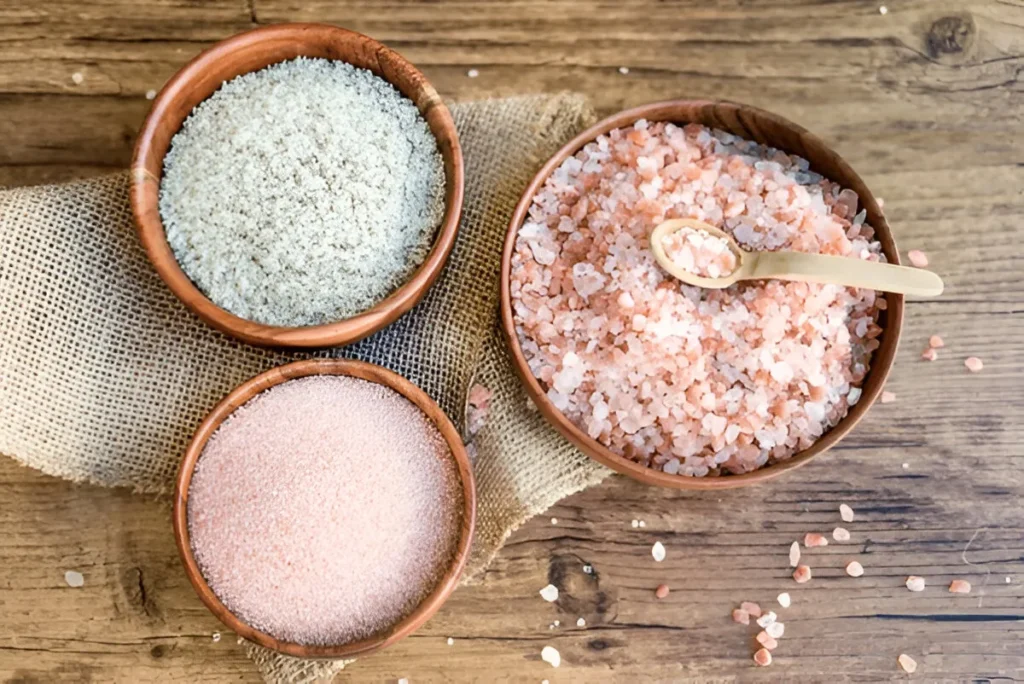
Celtic salt vs Himalayan salt for weight loss is a common question. Both are mineral-rich and support hydration, but Celtic sea salt has a slight edge due to its higher magnesium and potassium content, which are crucial for metabolism.
Himalayan salt contains more iron, which is great for energy but less relevant for weight loss. Celtic salt’s moist texture also dissolves better in water, making it ideal for hydration drinks like our recipe.
If you’re choosing between the two, Celtic sea salt is my go-to for its balanced mineral profile. Himalayan salt is a solid alternative, but its coarser texture can be less versatile for drinks.
FAQs
Does Celtic Sea Salt Help with Weight Loss?
Yes, it can. Celtic sea salt supports weight loss by improving hydration and metabolism. Its minerals, like magnesium and potassium, aid fat burning and reduce bloating, but it’s not a magic bullet—combine it with a balanced diet and exercise.
Is Celtic Sea Salt Safe for Everyone?
Generally, yes. Most people can safely use small amounts, like 1/4 teaspoon daily. However, those with kidney issues or high blood pressure should consult a doctor, as excessive sodium can cause problems.
How Much Celtic Sea Salt Should I Use Daily?
Use 1/4 to 1/2 teaspoon per day. This provides benefits without exceeding the recommended 2,300 mg sodium limit. Adjust based on your body’s response, like thirst or swelling.
Can Celtic Sea Salt Replace Table Salt?
Yes, it can. Celtic sea salt is a healthier alternative due to its mineral content. Use it in cooking or drinks, but monitor total sodium intake to avoid overconsumption.
Does Celtic Sea Salt Have Iodine?
No, it has minimal iodine. If you need iodine for thyroid health, eat foods like seaweed or fish. Celtic sea salt’s focus is on trace minerals, not iodine.
Is Celtic Sea Salt Better Than Himalayan Salt?
It depends. Celtic sea salt has more magnesium and potassium, great for weight loss and hydration. Himalayan salt offers iron but is less soluble in water. I prefer Celtic for drinks.
Can Celtic Sea Salt Cause Side Effects?
Yes, but rare. Overuse may cause thirst, swelling, or stomach upset. Stick to small amounts and buy from trusted brands to avoid contaminants like heavy metals.
Where Can I Buy Celtic Sea Salt?
You can find it at health food stores, Whole Foods, or online at Amazon or Selina Naturally’s website. Look for reputable brands to ensure quality and purity.
How Does Celtic Sea Salt Compare to Sea Salt?
Celtic sea salt is a type of sea salt but less processed, retaining more minerals. Regular sea salt may be refined, losing some benefits. Celtic is better for weight loss recipes.
Can I Cook with Celtic Sea Salt?
Yes, it’s great for cooking. Its coarse texture and mineral content enhance flavors in salads, soups, and proteins. Use sparingly to avoid excess sodium.
Conclusion
Celtic sea salt is a powerful tool for weight loss when used wisely. Its minerals support hydration, metabolism, and digestion, making the lemon salt water recipe a simple addition to your routine. I’ve seen real benefits in my energy and bloating since using it daily.
Combine this recipe with a healthy diet and active lifestyle for the best results. Always buy high-quality Celtic sea salt and stick to recommended amounts to stay safe. Try the recipe tomorrow morning and see how it feels!
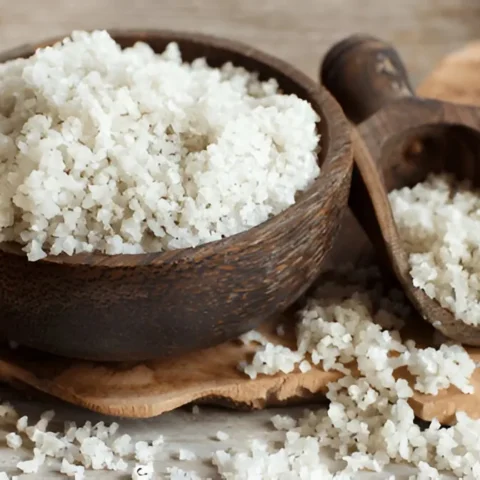
Celtic Salt Recipe
This lemon Celtic salt water recipe supports weight loss by helping the body stay hydrated, boosting digestion, and improving metabolism. It’s quick to make and fits easily into a morning routine.
Ingredients
- 16 oz filtered water
- 1/4 teaspoon fine ground Celtic sea salt
- Juice of half a fresh lemon
- Optional: 1 teaspoon raw honey
Instructions
- Fill a glass with filtered water at room temperature
- Add Celtic sea salt and stir to dissolve
- Squeeze in lemon juice
- Add raw honey if using and stir again
- Drink slowly on an empty stomach in the morning
Notes
This drink is best in the morning to support hydration and digestion. Use daily for best results, but stick to the safe salt limit.
Nutrition Information:
Yield: 1 Serving Size: 1 glass (approx. 16 oz)Amount Per Serving: Calories: 25Total Fat: 0gSaturated Fat: 0gTrans Fat: 0gUnsaturated Fat: 0gCholesterol: 0mgSodium: 400mgCarbohydrates: 7gNet Carbohydrates: 6.8gFiber: 0.2gSugar: 6gSugar Alcohols: 0gProtein: 0.2g

